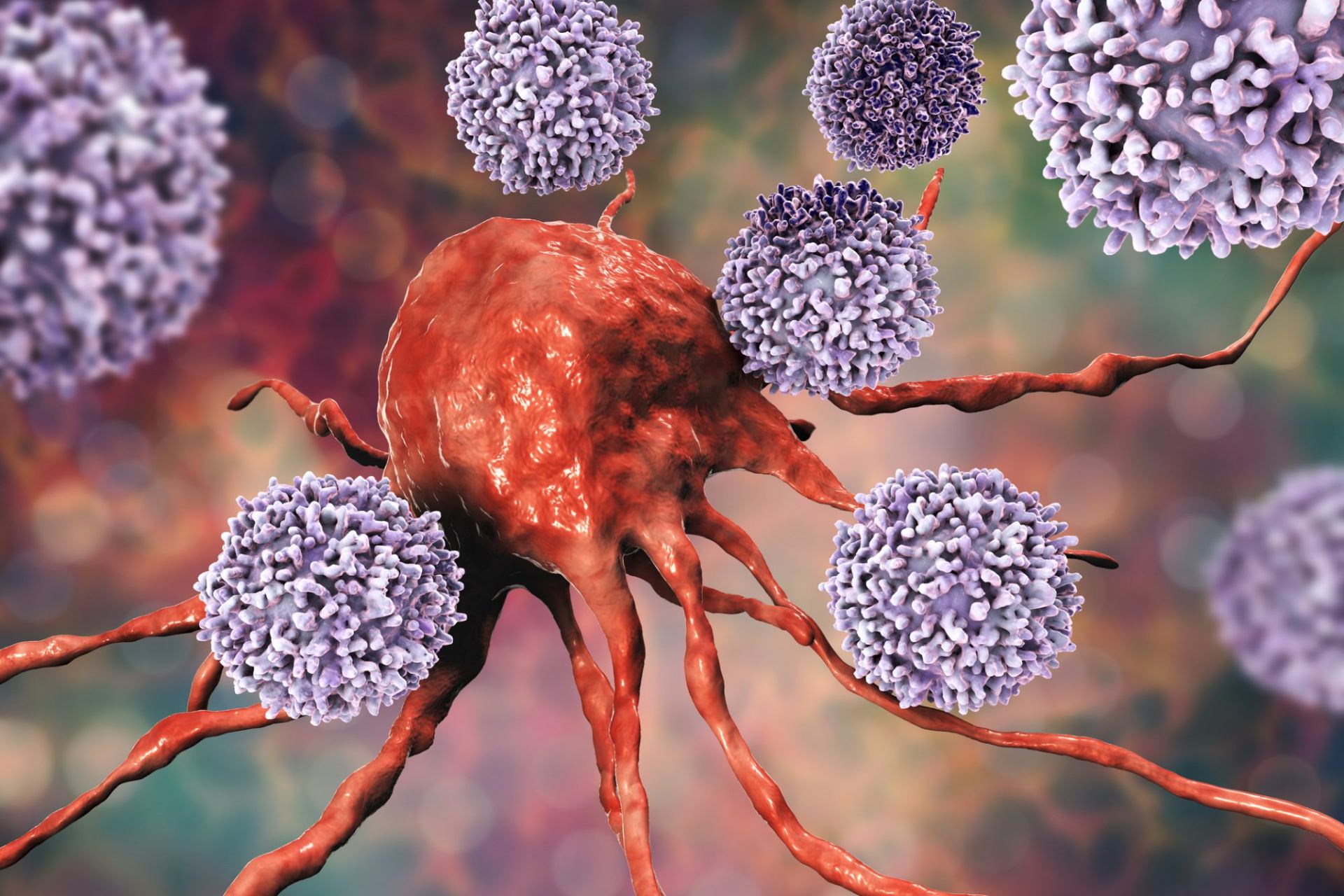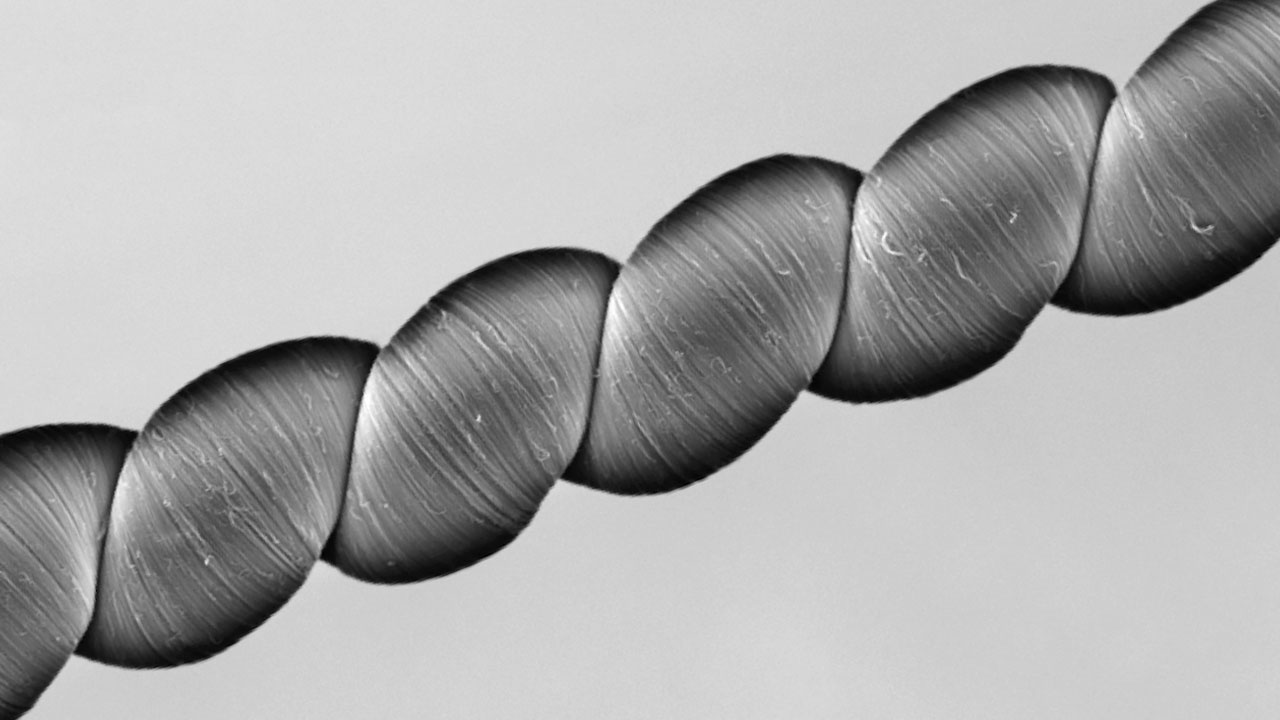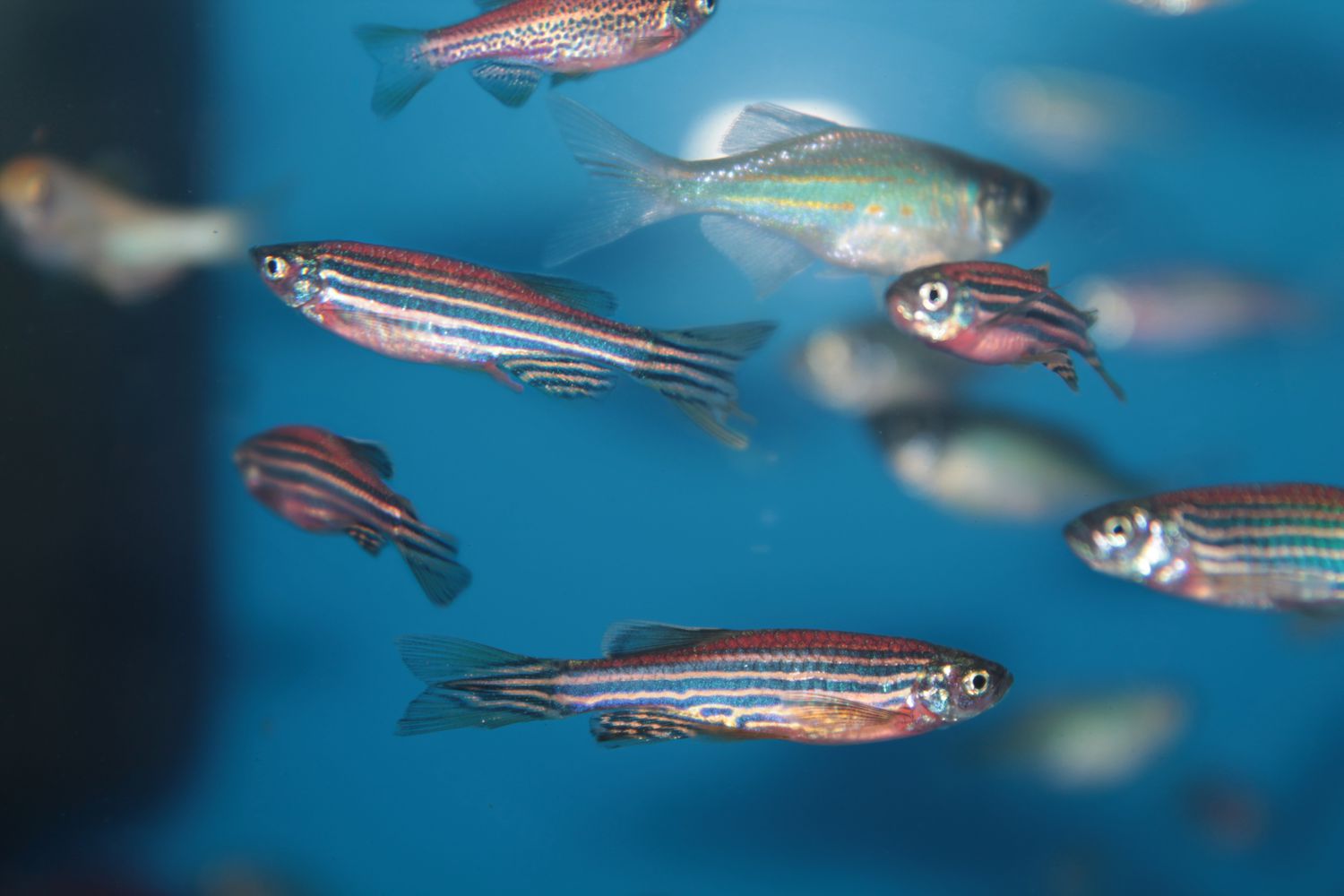Research
Designed to Discover
NSM’s groundbreaking work in the science and technology industry is funded by organizations such as the National Institute of Health (NIH), American Cancer Society, Welch Foundation, NASA and National Science Foundation.

Cancer cells are known for slipping past the body’s immune defenses, surviving against the odds. We are studying how a protein called interleukin-1, which triggers the body’s inflammatory response to a threat, affects breast and prostate cancer treatment resistance. Our team, in collaboration with UT Southwestern, MD Anderson Cancer Center, UTHSC San Antonio, and UNT Health Science Center, has discovered that chronic inflammation alters the cancer cell gene to be resistant to treatment. Their goal is to find therapies to kill rapidly evolving cancers.

Physicists can accurately predict the trajectory of a soccer ball, planes or stars, but nobody knows how gravity interacts on the largest scale known to man: our universe. Our research in cosmology and astrophysics aims to understand our universe’s accelerating expansion rate, test Einstein’s theory of gravity and create theoretical models of dark energy. We are actively involved in the Rubin Observatory Legacy Survey of Space and Time (LSST), Dark Energy Science Collaboration (DESC) and the Dark Energy Spectroscopic Instrument collaboration (DESI).

Our researchers at UT Dallas’ Alan G. MacDiarmid NanoTech Institute invented energy-harvesting yarns called twistrons, which are constructed from carbon nanotubes. These hollow cylinders of carbon are 10,000 times smaller in diameter than a human hair, and their mechanical tensile strength can be 400 times that of steel. Due to their extreme thermal conductivity, they create electricity when twisted or stretched. We are using body movements to power wearable twistron devices, such as a sign language translating glove. Our teams also invented carbon nanotube artificial muscles that provide over 100 times the force generation capability of natural muscles. In the near future, twistrons could create electricity from ocean waves to power cities.

One of the major struggles teachers have is engaging students with authentic scientific experiments with no access to research-grade equipment. To mitigate this problem, UTD researchers created the Zebrafish Summer Institute. It focuses on using recyclable materials and simplified methods that allows educators to teach with zebrafish, which are at the forefront of biological research—helping scientists understand complex diseases, including cancer. The program is designed to help students understand the connections between science and the real world. The research team is also studying the impact of zebrafish in improving STEM knowledge and workforce readiness skills in a diverse classroom of English speaking and Hispanic English (ELL) learners.

Groundwater is a critical resource for drinking water and food production, but unchecked water consumption has led to aquifer depletion across the globe. Our hydrogeology lab evaluates human impact on the water cycle through climate change and land use. Researchers use new 3D hydrogeological model technologies and soil moisture remote-sensors to create sustainable groundwater use procedures and maintain the aquifers that store and transmit water supplies.

The drug-discovery process can take 10 to 15 years and cost a billion dollars. Our mathematical researchers invented a computer-based platform for drug discovery that could make the process more effective, more efficient and less costly. The new method of virtual screening ranks compounds based on their properties and how likely they are to work. This unique algorithm could screen about 100,000 compounds in a couple of days, which is much faster than other methods.